Published 12 January 2020 ● Last Updated on 7 October 2021
While governments and international organisations debate and negotiate over effective solutions to combat climate change, we as individuals are often left wondering – what can I do to prevent climate change? Many of us are making changes to lead a more sustainable lifestyle to reduce our carbon footprints. However, the thoughts – Are we doing enough? Will my actions make any difference in the larger scheme of things? What more can I do? – keep revolving inside our heads. And while these thoughts kept coming up in ours and our readers minds, we discovered a book (and project) Drawdown – The Most Comprehensive Plan Ever Proposed to Reverse Global Warming.
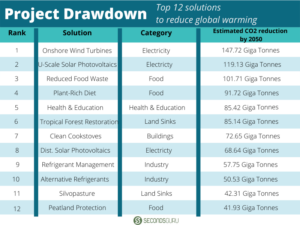
What is Project Drawdown?
Drawdown: the point in time when the concentration of greenhouse gases in the Earth’s atmosphere begins to decline on a year-to-year basis.
Founded by environmental activist, author and entrepreneur Paul Hawken in 2014, Project Drawdown is a non-profit organisation that highlights the most effective solutions that individuals or organisations can follow to bring an end to global warming. According to their research, if these solutions are aggressively applied over the next 30 years, we could remove 1 trillion tonnes of CO2 from the atmosphere by 2050, the beginning of the drawdown process.
You read that right, we can achieve the aim of ending global warming by 2050; and the table below shows the top 12 actions that Project Drawdown believes can get us there.
With a team comprising of scholars, scientists, entrepreneurs, advocates and researchers worldwide, the project delves into final 80+ solutions to achieve drawdown; the action points have been selected after a thorough process of analysis and measurement to calculate their impact over time. Importantly, this is an ongoing process and the plan is continuously reviewed to keep it current and effective. These solutions form the backbone of the book Drawdown – The Most Comprehensive Plan Ever Proposed to Reverse Global Warming, and details are also available on the official website here.
How about the role of people? What are the steps they can take to do their bit to help reduce global warming?
The range of solutions provided by Project Drawdown consider 3 aspects of the climate equation – stopping sources, supporting sinks and helping society achieve broader transformations. We have selected the solutions that are ranked as per their impact (Higher rank = Higher impact on greenhouse gas reduction) and are easily applicable by individuals: the result is this comprehensive list of ways in which you as an individual can reduce your carbon footprint and make a significant difference to global warming.
Step 1: Reduced Food Waste (Rank 3, Category Food)
If food waste was a country, it would be the world’s third largest emitter of greenhouse gasses after USA and China. While wastage occurs at various stages of the farm to table process, eliminating food waste at the household level is easily achievable by all individuals. One can take it a step further and try to use rescued food to reduce the wastage at the store level – often the ‘not so good looking’ produce gets thrown away even though it tastes perfectly fine! This is particularly true for developed countries, including our very own Singapore. Take a look at the inspiring work being done by Singapore-based eco warrior Daniel Tay and his SG Food Rescue group here.
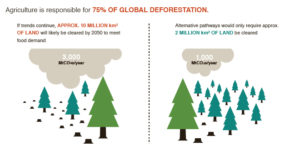
Additionally, reduced food wastage also ensures that less land is cleared for agriculture, thus reducing potential carbon emissions in the process.
Estimated to reduce 101.71 gigatonnes of carbon dioxide (CO2) by 2050 if plant-rich diets are adopted, and if 50-75% of food waste is reduced by 2050.
Step 2: Plant Rich Diet (Rank 4, Category Food)
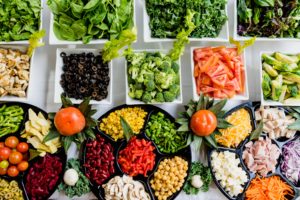
Across the world, food is not only about getting nutrition but also a very integral part of culture. So, the transition to a complete plant based diet across the world may seem unlikely at this point but if everyone was to reduce their consumption of meat, it would still make quite a significant difference to the environment.
Estimated to reduce 91.72 gigatonnes of CO2 by 2050 if plant-rich diets are adopted, and if 50-75% of the world’s population restricts their diet to a healthy 2,250 calories per day and reduces meat consumption.
Step 3: Distributed Solar Photovoltaics (Rank 8) & Solar Water (Rank 28) (Category Electricity/Buildings)
The solutions list has many options for clean energy production; these are the ones that we can do on our own. In tropical countries where we get the sun in abundance, single houses as well as community buildings can install solar panels on their roofs to harness the sun power to create clean energy. Plus, for those in Singapore the Government is lending a helping hand too – with an intent to maximise the deployment of solar energy, the government has set a national target to meet 4% of Singapore’s total electricity demand with solar power by 2030.
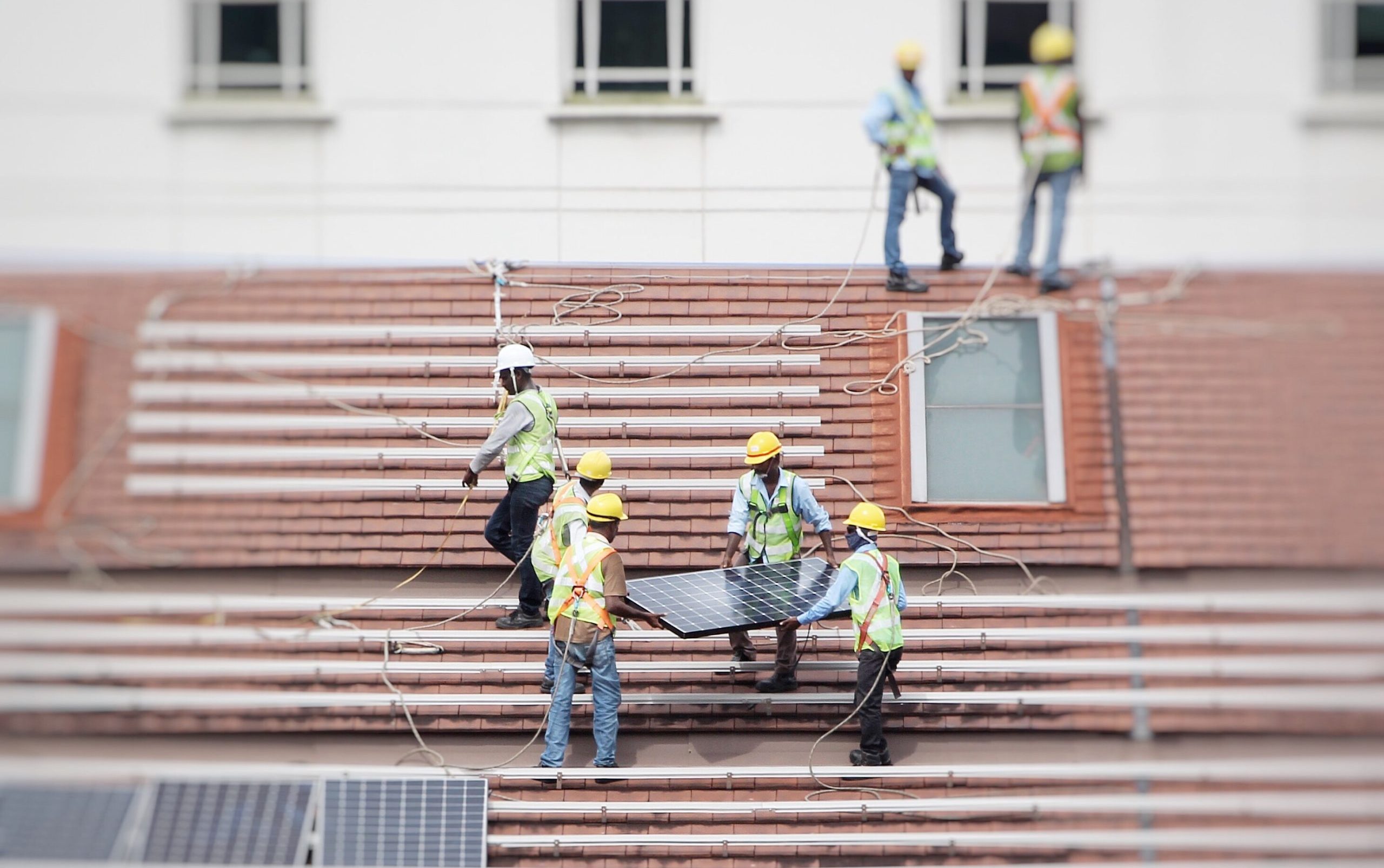
Estimated to reduce 69 gigatonnes of CO2 by 2050 if distributed solar photovoltaics can grow from 0.7% (180 terawatt-hours) of current electricity generation global to 14.24% (6,235-10,100 terawatt-hours) by 2050. Switching over to using a solar water heater can additionally reduce another 14.3 gigatonnes of CO2 by 2050 provided solar water heating grows from 8% of the addressable market to 15-30%.
Step 4: Tree Plantation (Rank 13) & Forest Protection (Rank 42) (Category Land Use)
These are causes that we can support as active citizens, monetary donors and even activits as they create a significant impact on CO2 reduction.
We are all aware of the blatant deforestation that is occurring across the world; the worst part being we are losing forests that we will never be able to grow in our lifetimes making forest protection our topmost priority. We may not be directly linked to the deforestation that is happening, but maybe a certain brand that we endorse is – which is why it is important to be a conscious consumer and know where our products come from and whether our chosen brand follows ethical practices or not.

To reverse the destruction, afforestation is the process of planting trees and growing forests in areas where there was previously no tree cover. The aim is to help in soil regeneration and also aid the local flora and fauna to thrive.
Globally, there are many carbon offsetting projects that work in this specific area to protect the environment. To know about carbon offsetting, read – Part 1 and Part 2.
Afforestation is estimated to reduce 35.9 gigatonnes of CO2 by 2050 if timber plantations are established on 112-174 million acres of marginal lands, in addition to the already existing 294.1 million acres of land used for afforestation as of 2018. By protecting an additional 335-466 million acres of forests that exist, another 8.8 gigatonnes of CO2 can be reduced by 2050.
Step 5: Electrical Cars (Rank 27, Category Transport)
With the ever growing world population, the number of cars on the road are growing by the minute and so is the pollution caused by them. If you want to make a shift that will have a significant impact, choose to invest in an electrical car. With nearly 1 million electric vehicles on the road already, studies have proven that emissions are reduced by 50% if the car is powered by a conventional grid and it is further reduced to 95% if the car is solar powered.
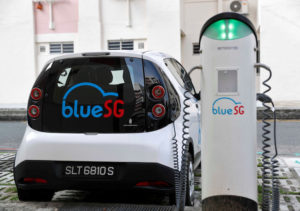
This switch is expected to reduce 15.7 gigatonnes of CO2 by 2050 provided EV ownership rises to 16-23% of total passenger miles by 2050.
Step 6: Insulation (Rank 24, Category Buildings & Cities)
For those living in regions that experience cold winters, insulation is another way to reduce carbon footprints and electricity bills! Properly installed insulations in new buildings or retrofitting old ones with it ensures that the warm temperatures are maintained inside and one does not need to increase the heat thereby saving energy.

Even a small step like this ensures 19 gigatonnes of reduced CO2 by 2050 if annually, 1.6-2% of existing residential and commercial buildings in temperate and tropical countries install insulation.
Step 7: LED Lighting (Rank 25, Category Buildings & Cities)
Many of us may have already made the switch, others may be waiting because they’re not sure how it helps – whatever the case may be, research now has proven that switching over to LED lights does have a beneficial impact on the environment.
LEDs have many benefits – they are energy efficient, they have a longer lifespan, they work well with low voltage power allowing them to be used as solar powered are a few of the many. However, one of the biggest drawbacks is that they are still more expensive as compared to the incandescent or fluorescent bulbs available in the market, making the unaffordable for a large section of the low income community. However, one hopes that as the demand increases, the prices for these will fall allowing everyone to make the switch to energy efficient lighting.
If by 2050, 90-95% of the household lighting market and 85-90% of commercial lighting switches to LED, 10.8 gigatonnes of CO2 will be reduced.
Step 8: Public Transit (Rank 19, Category Transport)
Many cities have a robust public transport system and we should be using it more instead of driving our personal cars or hailing a cab! Larger the number of people using modes of mass transits, lesser the number of cars on the roads thereby reducing emissions considerably. In fact, some cities are even experimenting with making public transport free to encourage more people to use them!
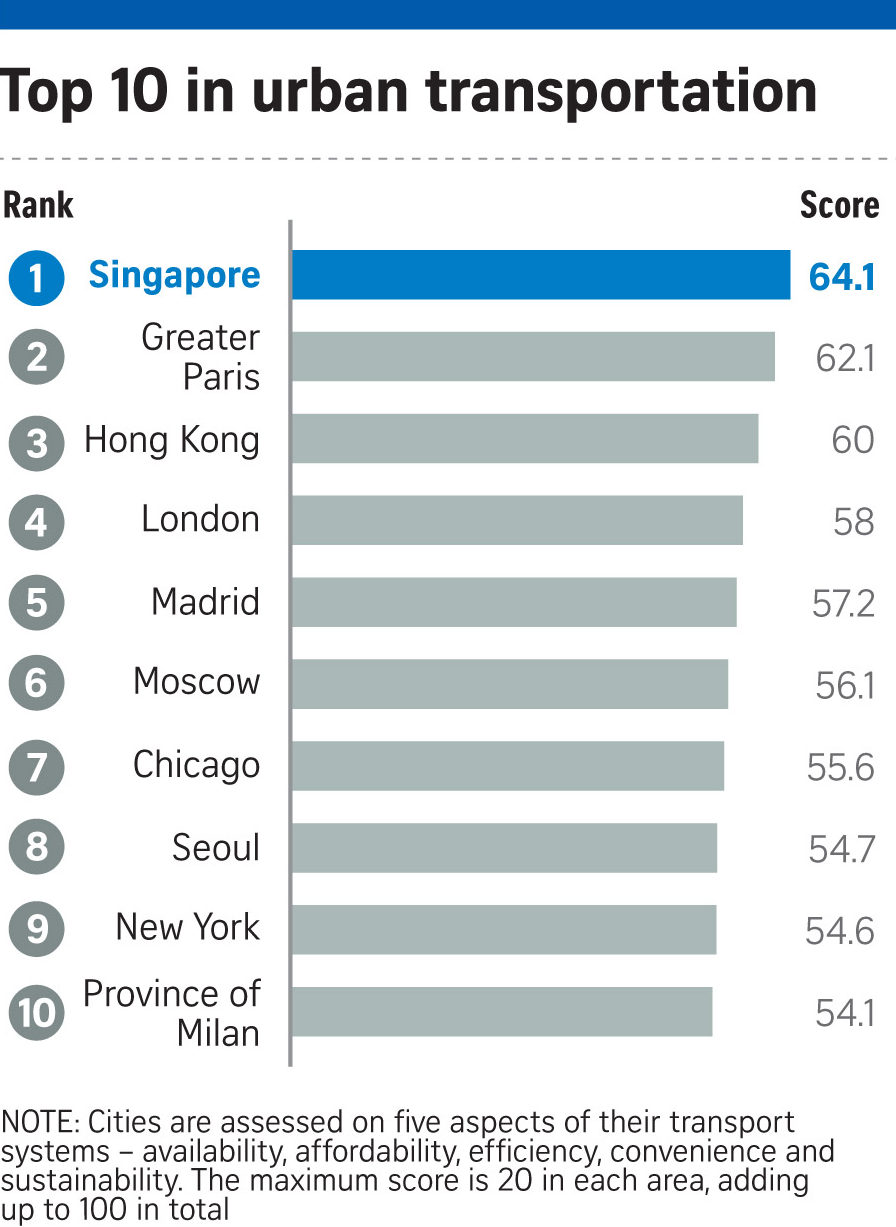
Estimated to reduce 23 gigatonnes of CO2 by 2050 if use of mass transit grows to 35% of urban travel by 2050, though it is projected to decline from the present 30% of urban travel to 21% as the low-income world gains wealth.
Step 9: Low-Flow Fixtures (Rank 46, Category Materials)
This solution has two benefits – saving water which is a vital resource, and saving energy that is used to provide us with this usable water. To make our water usage more efficient, it is advisable to install low flow shower heads and taps as well as toilet flush. Ideally, run the dishwasher and washing machine when you have a full load – adjust water levels according to the load instead of just using predetermined settings. A lot of water is wasted due to leakages – check your pipes and tanks and get them fixed immediately. It has also been suggested that policies be introduced to limit water usage in households – it’s a good idea to become a conscious user even before that happens.

81-92% adoption of low-flow taps and showerheads by 2050 could reduce carbon dioxide emissions to 1.6 gigatonnes of CO2 by 2050.
Step 10: Recycling (Rank 48, Category Industry), Composting (Rank 62, Category Industry) & Recycled Paper (Rank 65, Category Materials)
The last step in our list is a combination of actions that we probably are already doing in our daily lives.
Household Recycling: In their report What a Waste 2.0, the World Bank Group says that by 2050, the world is expected to generate 3.40 billion tons of waste annually. A large part of the waste that is produced today comes from households – a place where we individuals have full control over segregating our waste and ensuring that we recycle whatever is possible.
Recycling has a lot of benefits – it saves on energy to make new products from recovered materials, it gives products a new lease of life instead of filling up our landfills and sometimes it also ensures that we get free refills when we deposit our old used bottles!

In 2018, Singapore generated 7.7 million tonnes of waste – the weight of 530,000 double decker buses and at this rate Semakau Landfill will run out of space by 2035. With 2019 being declared the Year Toward Zero Waste, many awareness campaigns have taken place to help people start living a more sustainable lifestyle. There is no excuse for not recycling right – here is a guide on recycling in SG and we also some myths associated with it!
Estimated to reduce 6.02 gigatonnes of CO2 by 2050 if the average worldwide recycling rate increases to 65-68% of total recyclable waste as 50% of recycled materials come from households and the rest from industry.
Composting: Believe it or not, composting also plays a significant role when it comes to climate change. When we send our organic wastes to a landfill – they decompose without oxygen producing methane; in a composting pit with moisture, air and heat this waste is converted into stable soil carbon by bacteria, fungi and microbes that feast on it. Here’s a quick guide to composting; the environment and your plants will thank you for choosing to compost!
Estimated to reduce 3.13 gigatonnes of CO2 by 2050 if all low income countries compost 38% of food waste and all higher income countries compost 57% of food waste.
Recycled Paper: Did you know that a piece of paper can be reprocessed around 5 to 7 times to be made into new paper? If all of us ensured that we recycled just our paper waste efficiently, its ripple effect would be lesser number of trees cut down in forests and less water used to create new paper from scratch.
Use paper thoughtfully – Use both sides of paper, print only when you have to, reuse wrapping paper for craft, collect paper waste and keep for recycling instead of just dumping it with your regular trash are a few ways in which one can start.
Estimated to reduce 1.95 gigatonnes of CO2 by 2050 keeping in mind two key assumptions: (1) recycled paper produces about 25% fewer total emissions than conventional paper, and (2) the percentage of recycled paper being used to produce paper would rise from 55% to 75% by 2050.
Reducing carbon footprint is a collaborative effort…
The individual actions listed above are key to collectively reducing carbon emission, but there is no denying that governments and corporates need to pull their weight too. Jamie Alexander, Director, Drawdown Labs calls for aggressive climate leadership in this article; she points out that most corporate emissions reductions pledges completely “miss the deeper issues the climate crisis demands we grapple with” and that a “doing less bad” approach is not going to work when trying to contain global warming to 1.5 degrees centigrade compared to pre-industrial levels.
With Project Drawdown, the hope is that science can provide a framework to choose impactful choices towards a carbon-neutral future. Will we make those choices?
Related Articles:
Insight | 5 key facts about plastic that are sure to inspire lifestyle edits
Best out of waste| Plastic-busting initiatives keeping our oceans clean

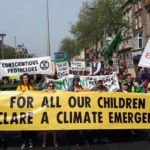

0 Comments